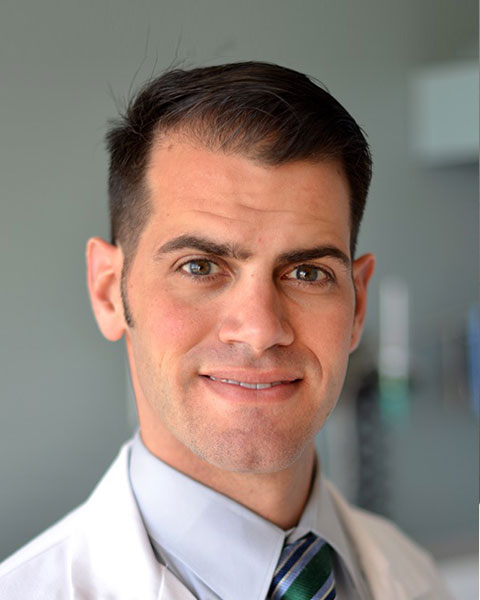TBI
Poster Gallery
1518 - Accurate Diagnosis of Disorder of Consciousness in Adult with Impaired Motor Function
Thursday, February 22, 2024
5:00 PM - 6:30 PM EDT
- AR
Andrea Rego, BBA
Medical Student
The University of Texas Medical Branch
Galveston, Texas, United States 
Craig DiTommaso, MD
Chief Clinical Officer / Medical Director
USPhysiatry / PAM Rehab
Houston, Texas, United States
Presenting Author(s)
Co-Author(s)
Case Diagnosis: A 24-year-old gentleman experienced severe traumatic brain injury from a helmeted motorcycle accident and fell over 35 feet off an overpass. He presented to acute care rehabilitation 4 months later with prolonged disorder of consciousness (DOC) characterized by unresponsiveness to stimuli and inability to communicate or follow commands.
Case Description: The patient's initial neurological examination revealed severe impairment of consciousness. He appeared awake but was unresponsive to verbal commands with no purposeful movements. He had severe spasticity affecting all four limbs with joint contracture in all extremities. His initial JFK CRS-R was an 8. Noted to have eye movements consistent with tracking objects, the team introduced eye gaze technology. Through a series of trials, he could fixate on specific areas of the computer screen, allowing for basic yes/no communication. He demonstrated consistent and accurate responses suggesting consciousness and an understanding of the questions and instructions.
Discussions: The primary scale to assess a patient's level of consciousness (LOC) in inpatient rehab is the JFK Coma Recovery Scale-Revised (CRS-R). As bedside methods of determining DOC require motor responses, it is challenging to accurately diagnose DOC with impaired motor function, spasticity, or contracture. Eye gaze technology is a method to assess communication and command following to determine LOC in patients with significant motor impairments. In this case, despite low scores on the JFK CRS-R, eye gaze technology allowed the patient to demonstrate his consciousness and changed care management. Eye gaze technology should be incorporated where appropriate in DOC rehabilitation.
Conclusions: Lack of appropriate diagnosis of consciousness could result in inappropriate treatment and possibly withdrawal of care in patients with DOC. This case report emphasizes the importance of exploring alternative assessment methods beyond traditional bedside examinations with the goal of facilitating rehabilitation and improving the management of patients with DOC impaired by other factors.
Case Description: The patient's initial neurological examination revealed severe impairment of consciousness. He appeared awake but was unresponsive to verbal commands with no purposeful movements. He had severe spasticity affecting all four limbs with joint contracture in all extremities. His initial JFK CRS-R was an 8. Noted to have eye movements consistent with tracking objects, the team introduced eye gaze technology. Through a series of trials, he could fixate on specific areas of the computer screen, allowing for basic yes/no communication. He demonstrated consistent and accurate responses suggesting consciousness and an understanding of the questions and instructions.
Discussions: The primary scale to assess a patient's level of consciousness (LOC) in inpatient rehab is the JFK Coma Recovery Scale-Revised (CRS-R). As bedside methods of determining DOC require motor responses, it is challenging to accurately diagnose DOC with impaired motor function, spasticity, or contracture. Eye gaze technology is a method to assess communication and command following to determine LOC in patients with significant motor impairments. In this case, despite low scores on the JFK CRS-R, eye gaze technology allowed the patient to demonstrate his consciousness and changed care management. Eye gaze technology should be incorporated where appropriate in DOC rehabilitation.
Conclusions: Lack of appropriate diagnosis of consciousness could result in inappropriate treatment and possibly withdrawal of care in patients with DOC. This case report emphasizes the importance of exploring alternative assessment methods beyond traditional bedside examinations with the goal of facilitating rehabilitation and improving the management of patients with DOC impaired by other factors.

